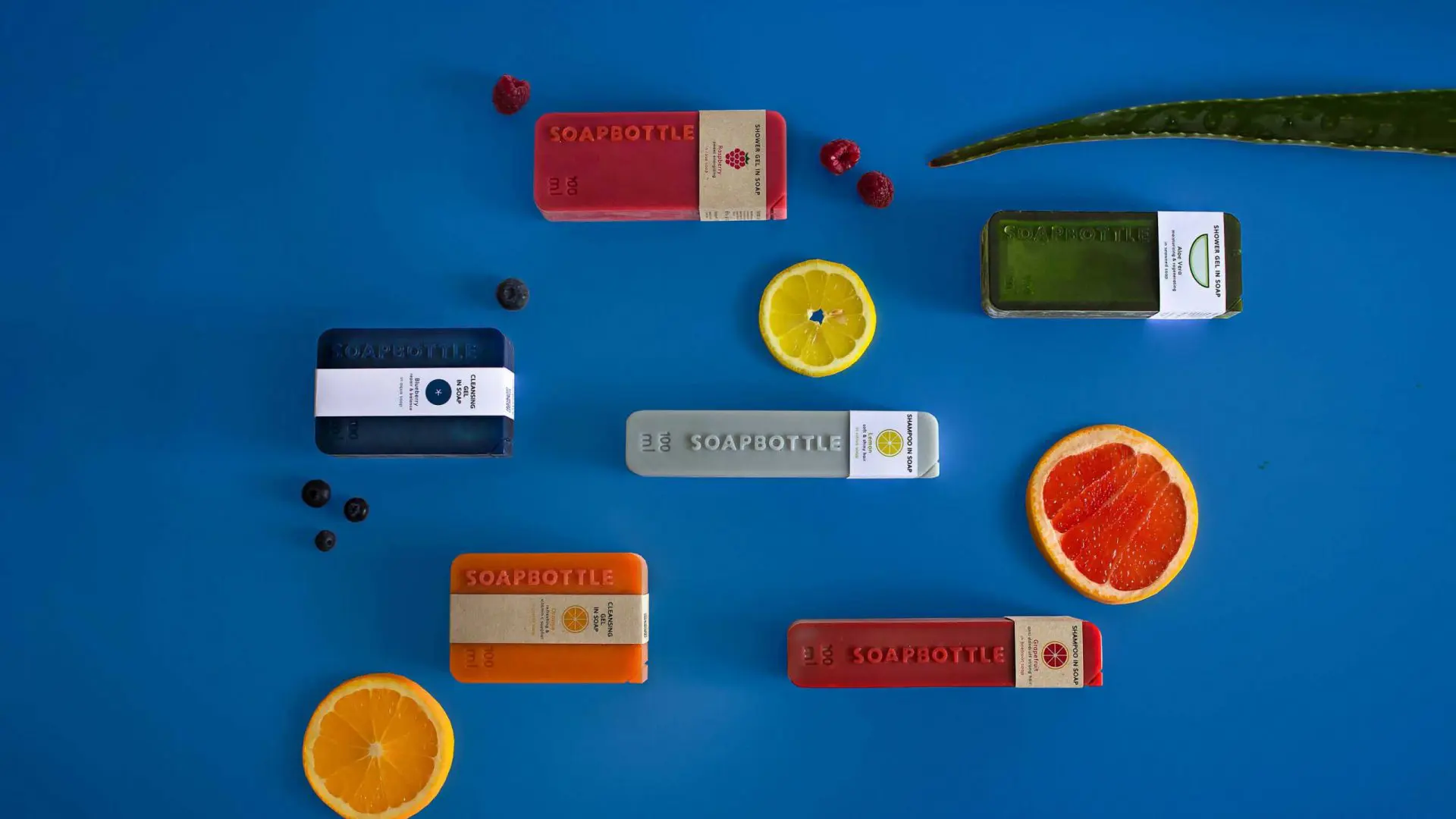Stoneskin: a new material engineered to rethink the use of natural stone
What if stone, instead of being a heavy, inherently rigid and solid material, could be transferred and applied like a lightweight, flexible, materic element? Meet an innovative solution for interiors and furnishings design.

Stonearts, the company behind Stoneskin, is an Austrian company that has developed a manufacturing process based on artisanal craftsmanship to transform real, millenary old stones into a beautiful material that can be used for interiors, furnishings and product decoration, allowing designers to embrace the colors of earth with the textures of real, flexible, natural stone.
The development of Stoneskin is pretty recent, even though the manufacturing of the material relies on ancient, local know-how of communities around millenary old mining sites in India. Here, the succession of geological eras has created a great variety of mineral stratification processes, generating sites of stones of different composition, structure, and color shades.

Stoneskin in a nutshell:
Stoneskin: the origins
In order to transform stone into a thin, more lightweight surface, a specific and fine-tunable process has been developed, which can be described as a sort of “peeling” of the main bulk stone. Actually, since the stone isn’t really cut or peeled, the real mechanism is more similar to a sort of those ancient reverse printing processes: a backing layer, which acts as a substrate, is placed on top of the stone.
A medium placed between these two elements allows the mineral species on the stone’s upper surface to migrate within the medium itself through diffusion processes. The same medium will then become the matrix where the exact same minerals constituting the stone surface get deposited and attached to the backing substrate.

Due to the nature of the process, and depending on the stone composition, a single sheet of Stoneskin requires up to 24 hours to produce, resulting in a unique, natural single piece replicating the exact same stratification occurring within the originating stone, from which up to 1000 layers can be produced.
Colors and sizes
As mentioned, the unique colors of Stoneskin strictly depend on the stone’s original composition, and replicate the exact succession of different geological eras. Panels manufactured starting from sandstone, will reproduce the warm, earthy and sandy shades typically provided by quartz and feldspar; while those manufactured from shale, will exhibit colder, grayish, almost lavic shades of colors deriving from the presence of clays, quartz and carbon elements.

This material is available in various sizes to cater to different project requirements. The S size measures 1220 x 610 mm. For larger applications, the L size offers dimensions of 2440 x 1220 mm. Additionally, an XL size measuring 2600 x 1200 mm is being put in production.
A wide range of applications
With standard thicknesses ranging between 1.5 and 3 mm, and a weight of about 1.5 kg/m², the standard version of Stoneskin is often backed with a fiberglass net for improved stability. This material has a wide range of potential applications, including interior and exterior wall cladding, flooring, bathroom and sanitary installations, furniture cladding, and kitchens.

It can be used to enhance the aesthetics and functionality of various spaces, providing durable and stylish solutions for both residential and commercial projects. Whether it’s adding a touch of elegance to a living room wall, creating a sleek and modern kitchen design, or ensuring a hygienic and visually appealing bathroom, it offers interesting qualities for transforming any space while also relying on the principles of biophilic design.
The company has also developed an interesting ultrathin version, which is extremely flexible and resembles the look and feel of synthetic leather. This version is deposited on a backing made of organic cotton, and is thought to be used in design in different sectors, such as in upholstery, fashion, or even the automotive sector.

Material properties
The material possesses great temperature resistance, with the ability to withstand temperatures of up to 120 °C. It also boasts a high abrasion class of PEI II, making it suitable for surfaces that are subject to normal stress and low levels of abrasion. In terms of fire safety, it is classified as C-S2, d 0 according to UNE-EN 13755:2008.
When working with Stoneskin various tools and techniques can be used. When it comes to cutting, either a table saw or a hand-held circular saw with a wood or stone saw blade can be used. For drilling, both a wood or stone drill will work. Additionally, if you need to enhance its flexibility, this can be achieved by applying heat using a heat gun.

An eco-design approach
Products such as Stoneskin are aligned with a new sensitivity towards natural materials stemming from an eco-design approach that see in the reduction of raw materials a valuable approach to the conservation of non-renewable resources. The connection between antique and contemporary techniques is a particularly interesting line of inspiration in the search of durable, sophisticated materials, with unexpected and very innovative performances.








